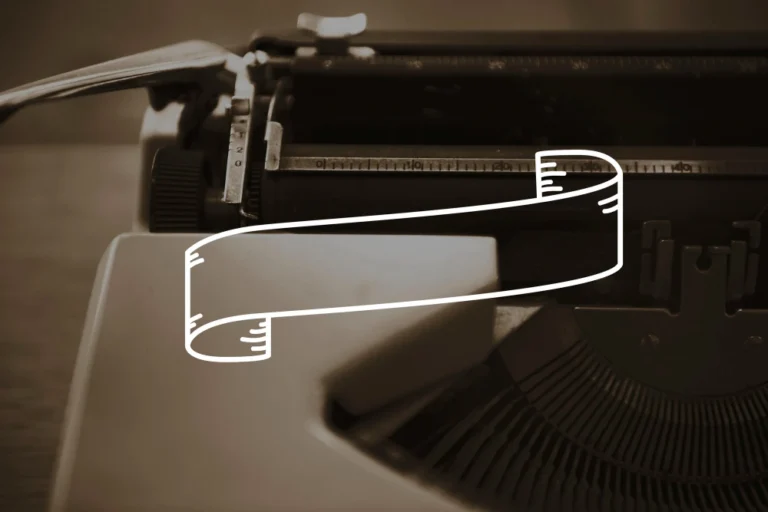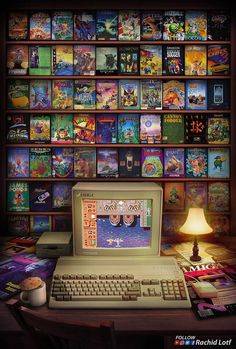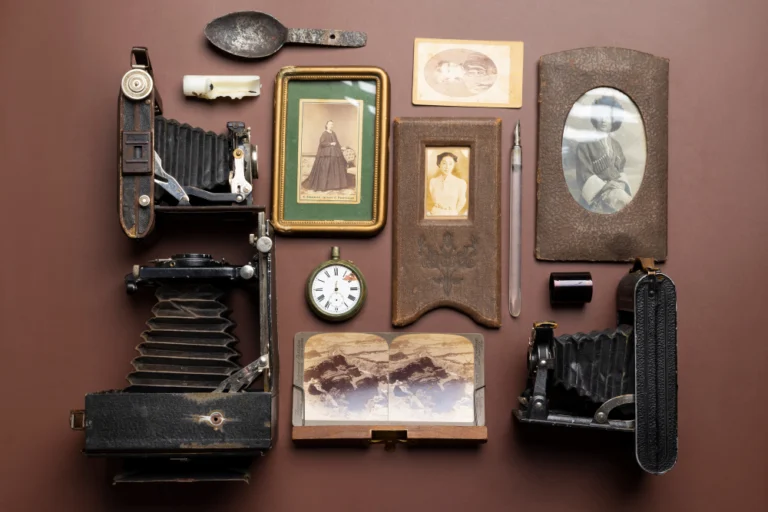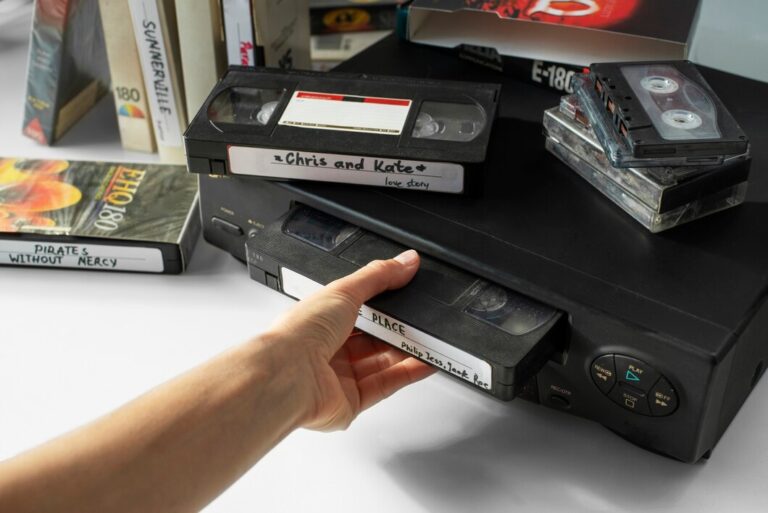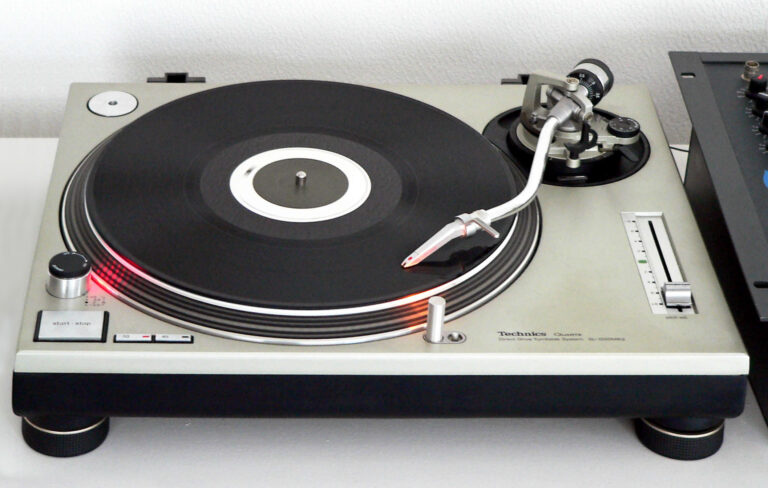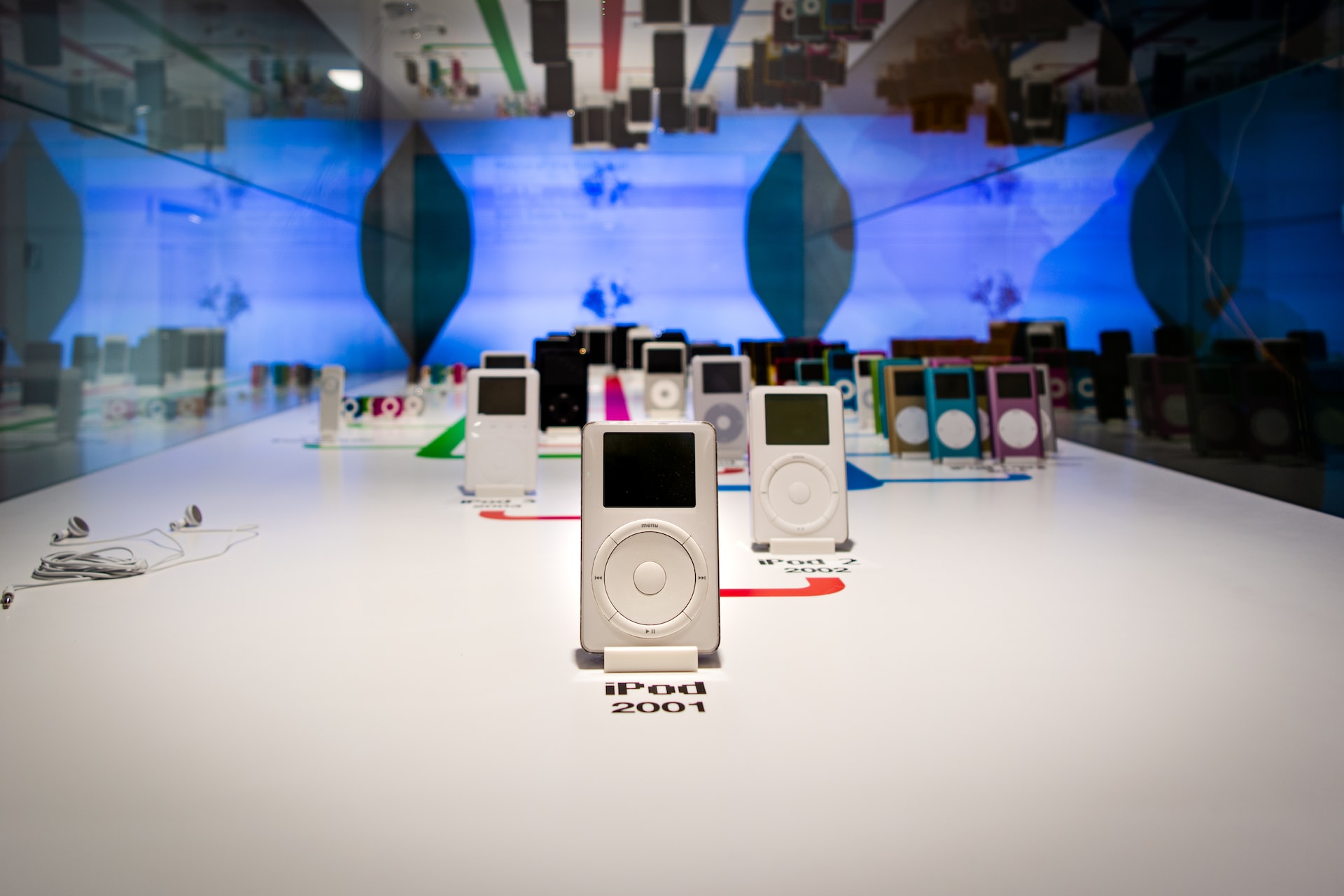
October 23, 2001. At a small event at Apple’s Town Hall auditorium, Steve Jobs, back at the helm of the company he co-founded, unveiled a device that would fundamentally alter not just Apple’s fortunes, but the entire music industry and the very way we experience our favorite songs. IExplore the complete Apple iPod history, from its “1,000 songs in your pocket” debut to the iconic click wheel. This pocket-sized device didn’t just play songs; it sparked a music revolution, changing the industry and how we listen to our favorite tracks forever. A true game-changer.
In an era of clunky MP3 players with limited capacity, rampant music piracy via platforms like Napster, and an industry clinging desperately to CD sales, the iPod felt like a lightning strike. Its sleek design, innovative Click Wheel, seamless integration with iTunes software, and the later launch of the iTunes Music Store didn’t just create a best-selling gadget; they forged a new ecosystem for digital music consumption that dragged a reluctant industry into the 21st century. Let’s scroll back through the history of this game-changing device and explore how it truly changed music forever.
The Dawn of Digital Disruption: Music Before iPod
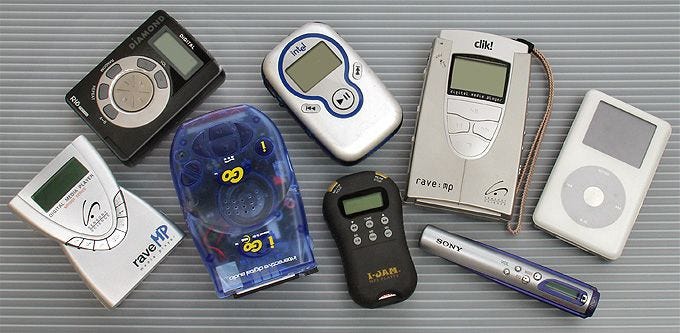
To understand the iPod’s impact, we need to remember the chaotic state of digital music around the turn of the millennium.
- Early MP3 Players: Portable MP3 players existed before the iPod (like the Eiger Labs MPMan F10/F20 and the Diamond Rio PMP300, both released in 1998) [Google Search]. However, they were often bulky, had limited storage (holding maybe a dozen songs), featured clunky interfaces, and required awkward software for transferring music [Google Search]. Hard drive-based players offered more storage but suffered from poor battery life and large size [Google Search].
- The Napster Effect: Launched in 1999, the peer-to-peer file-sharing service Napster made downloading MP3s (often illegally ripped from CDs) incredibly easy and popular, especially among college students [Google Search]. While revolutionary for access, it terrified the music industry, which saw album sales plummet and responded with lawsuits.
- Industry Paralysis: The major record labels were struggling to adapt. Their initial attempts at digital music were often fragmented, restrictive (heavy DRM), and expensive, failing to offer a compelling legal alternative to piracy [Google Search]. They were losing control over distribution.
- The CD Mindset: Music was still primarily sold and consumed as albums on physical CDs. The concept of easily buying individual digital tracks legally was not widespread.
This landscape was ripe for disruption: consumers wanted digital music portability and access, artists and labels wanted a viable way to sell digitally without rampant piracy, and existing hardware solutions were often lacking in design and usability. Apple saw an opportunity.
The Evolution of the Icon: From Click Wheel to Touchscreen

The iPod wasn’t just one device; it was a constantly evolving family that dominated the portable music scene for over a decade.
- iPod (Classic) – 1st Generation (October 2001):
- The breakthrough product. 5GB hard drive (1,000 songs), FireWire connection (initially Mac-only), mechanical scroll wheel, simple monochrome LCD. Its integration with iTunes software for easy syncing was key.
- Developed rapidly (around 290 days from greenlight to shipping) under Tony Fadell, who brought the initial concept to Apple [Google Search]. Utilized a compact 1.8-inch hard drive from Toshiba [Google Search].
- iPod (Classic) – 2nd Generation (July 2002): Introduced the touch-sensitive (solid-state) scroll wheel, added Windows compatibility (via Musicmatch Jukebox initially, then iTunes for Windows in 2003), increased capacity up to 20GB [Google Search].
- iPod (Classic) – 3rd Generation (April 2003): A slimmer design with all-touch buttons (moving away from mechanical buttons around the wheel), Dock Connector introduced, capacity up to 40GB. Launched alongside the iTunes Music Store [Google Search].
- iPod Mini (January 2004): A smaller, thinner model available in various colors, using a Microdrive hard disk. Introduced the integrated Click Wheel (combining touch scrolling with physical buttons underneath), which became the standard for most future iPods. Hugely popular.
- iPod (Classic) – 4th Generation (July 2004): Adopted the Click Wheel from the Mini. Later included a color screen version (iPod Photo) capable of displaying album art and photos.
- iPod Shuffle – 1st Generation (January 2005): Apple’s first screenless iPod. Used flash memory, connected directly via USB, designed for randomized playback (“Life is random”). Extremely affordable entry point [Google Search].
- iPod Nano – 1st Generation (September 2005): Replaced the Mini. Incredibly thin design using flash memory, featured a color screen [Google Search]. Became massively successful. Subsequent Nano generations experimented with various forms (short/wide, tall, square with touchscreen, tall again with touchscreen).
- iPod (Classic) – 5th Generation / “iPod Video” (October 2005): Featured a larger color screen capable of playing videos purchased from the iTunes Store. Capacity increased significantly (up to 80GB later).
- iPod Touch – 1st Generation (September 2007): Essentially an iPhone without the phone capabilities. Featured a large multi-touch screen, Wi-Fi, Safari browser, and access to the nascent App Store. Blurred the line between MP3 player and pocket computer.
- iPod Classic – 6th Generation (September 2007): Final major iteration of the original line, featuring an aluminum faceplate and capacity up to 160GB. Remained popular for its massive storage.
- Later Shuffles & Nanos: Continued with various design changes, focusing on smaller size, clips, and eventually touchscreens (for Nano) [Google Search].
- Discontinuation: The iPod Classic was discontinued in 2014, the Shuffle and Nano in 2017, and finally the iPod Touch (the last remaining model) in May 2022, marking the end of the dedicated iPod line as its functions were absorbed by the iPhone [Google Search].
The iPod line constantly innovated in terms of storage (hard drive to flash), size, controls (mechanical wheel to touch wheel to Click Wheel to multi-touch), and features (music only to photos to video to apps).
“Technical” Specs: The Pocket Music Revolution

Let’s compare the user experience and technical capabilities across key iPod eras:
| Feature | Typical Pre-iPod MP3 Player (~2000) | iPod Classic (1st Gen, 2001) | iPod Nano (Mid-Gen, ~2007) | iPod Touch (Early Gen, ~2008) |
| Storage Type | Flash Memory / Small HDD | 1.8″ Hard Disk Drive (HDD) | Flash Memory | Flash Memory |
| Capacity | ~32-64MB (Few dozen songs) | 5GB (~1,000 songs) | 4GB / 8GB (~1-2k songs) | 8GB / 16GB / 32GB |
| Screen | Small Monochrome LCD (Basic info) | 2″ Monochrome LCD | Small Color LCD | 3.5″ Color Multi-Touch LCD |
| Controls | Clunky Buttons | Mechanical Scroll Wheel | Click Wheel | Multi-Touch Screen |
| Connectivity | USB 1.1 (Slow) | FireWire 400 (Fast) | USB 2.0 via Dock Connector | USB 2.0 via Dock Connector |
| Sync Software | Proprietary, Often Clunky | iTunes (Mac Only initially) | iTunes (Mac/PC) | iTunes (Mac/PC) |
| Battery Life | Variable, Often Poor (HDD models) | ~10 hours (Audio) | ~24 hours (Audio) | ~22 hours (Audio), ~5h (Video) |
| Key Feature | Basic MP3 Playback | Capacity, Ease of Use, Design | Thinness, Color Screen | Touchscreen, Apps, Wi-Fi |
| Ecosystem | None / Limited | Tight iTunes Integration | iTunes Store | iTunes Store + App Store |
Export to Sheets
The iPod’s success wasn’t just about one feature, but the combination of elegant hardware design (Click Wheel), sufficient storage (“1,000 songs”), fast connectivity (FireWire initially), long battery life (achieved partly via RAM cache) [Google Search], and seamless software integration (iTunes). This created a superior user experience compared to competitors.
Cultural Impact: White Earbuds and the Digital Music Age

The iPod didn’t just sell well; it became a defining cultural phenomenon of the 2000s.
- The White Earbuds: Instantly recognizable, the included white earbuds became a status symbol. Seeing someone wearing them signaled they were part of the iPod ecosystem. This visual distinction was brilliant marketing.
- “1,000 Songs in Your Pocket”: This simple slogan perfectly captured the iPod’s core benefit – unprecedented portable music capacity – resonating deeply with consumers.
- Shift to Digital Singles: The iTunes Music Store’s model of selling individual songs for $0.99 fundamentally changed music consumption. Consumers shifted from buying albums to buying singles, impacting album sales and forcing artists and labels to focus on producing hit tracks [Google Search].
- Legitimizing Digital Music: By securing deals with all major record labels and offering a simple, affordable legal alternative, the iTunes Store provided a crucial counterweight to piracy platforms like Napster, saving the industry (while also consolidating Apple’s power).
- Apple’s Resurgence: The iPod’s phenomenal success revitalized Apple, transforming it from a struggling computer company into a dominant consumer electronics giant. Its profits funded the development of future products like the iPhone and iPad.
- Changing Listening Habits: Playlists and shuffle mode became dominant ways of listening, moving away from the fixed sequence of albums. Music became even more personalized and integrated into daily activities like commuting and exercise.
- The “i” Prefix: The iPod popularized the “i” prefix for consumer electronics, leading to countless imitators.
The iPod became synonymous with digital music itself, shaping fashion, advertising, and how an entire generation experienced and valued music.
Collector’s Corner: Seeking the Scroll Wheel

With the discontinuation of the entire iPod line, older models have become increasingly collectible.
- Most Valuable Models: Early generations, especially the 1st Generation Classic with the mechanical scroll wheel, are highly sought after, particularly if new-in-box or in mint condition [Google Search]. Values for sealed 1st Gens can reach thousands of dollars [Google Search]. Special editions (like the U2 models or the Harry Potter edition) also command premiums.
- Condition and Completeness: As with most collectibles, condition is paramount. Scratches, dents, and dead batteries significantly reduce value. Having the original box, cables (especially early FireWire ones), docks, and manuals greatly increases desirability and price [Google Search].
- Later Classics & Other Models: Later iPod Classics (especially the 160GB 6th/7th Gen) remain popular for their large storage capacity [Google Search]. Minis, Nanos, and Shuffles are generally less valuable but still collected for nostalgia, especially colorful or sealed examples [Google Search]. Early iPod Touch models in good condition are also gaining interest [Google Search].
- Where to Find Them: eBay is the primary marketplace, but collectors also frequent forums, estate sales, and retro tech shops [Google Search].
- Repairability: Many iPods, particularly Classics with hard drives, can be repaired or even upgraded (e.g., replacing the HDD with flash storage for better battery life and durability). This makes functional collecting feasible.
Collecting iPods is a way to own a piece of significant tech and music history, preserving the devices that defined the digital music revolution.
Why We Miss the Dedicated Music Player

In the age of the smartphone, where music is just one app among many, why do some feel nostalgia for the dedicated iPod?
- Dedicated Device Focus: The iPod did one thing – music (and later photos/video) – and did it exceptionally well without the distractions of notifications, calls, emails, and social media that constantly interrupt the smartphone experience. It allowed for focused listening.
- The Click Wheel: For many, the tactile satisfaction of scrolling through thousands of songs with the Click Wheel remains an unmatched user interface experience. It was intuitive, fast, and could be operated without looking.
- Simplicity: Compared to navigating streaming apps, managing subscriptions, and dealing with mobile data, the iPod/iTunes model of owning and syncing your library felt simpler and more direct to some users. You owned your library on your device.
- Durability & Battery Life: Especially the later Classics, iPods were often robust devices with excellent battery life specifically for audio playback.
- Tangible Connection to Music: Owning the device and curating the library felt like a more tangible connection to the music itself compared to the ephemeral nature of streaming.
- The “Cool” Factor: The iPod, especially in its heyday, was undeniably cool. Owning one felt like being part of a cultural moment.
While the convenience of streaming on a smartphone is undeniable, the dedicated, tactile, and focused experience of the classic iPod holds a special nostalgic appeal for many.
The Song Remains the Same: iPod’s Enduring Legacy
The iPod, though discontinued, stands as one of the most influential consumer electronics devices ever created. It didn’t just popularize the MP3 player; it redefined it through superior design, user experience, and ecosystem integration. Its impact was twofold: it rescued Apple from the brink and set it on the path to becoming the world’s most valuable company, and it fundamentally reshaped the music industry, accelerating the shift from physical media to digital downloads and paving the way for the streaming era.
The simple act of putting “1,000 songs in your pocket” changed how we listen, what we listen to, and how artists and labels distribute and sell music. While the device itself has been superseded by the iPhone and streaming services, the core principles established by the iPod – portable digital libraries, easy syncing, seamless purchasing, and elegant design – continue to shape our digital lives. It wasn’t just a product; it was a revolution contained within those iconic white earbuds.
